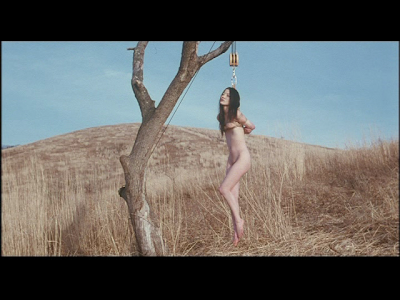.png)
New Tokyo Decadence - The Slave (Dorei). 2007. Directed by Osamu Sato. Written and produced by Akira Fukuhara. Cinematography by Takuya Hasegawa. Edited by Shoji Sakai. Music by Kazumi Oba.
Cast: Rinako Hirasawa, Kikujiro Honda, Yui, Komari Awashima, Naoyuki Chiba, Taro Araki, Shinji Kubo, Toshihide Akama, Saburo Isurugi, Tetsuya Kobayashi, Takutoshi Naoi.
Osamu Sato’s 2007 pink film New Tokyo Decadence – The Slave, billed as the autobiographical tale of its lead actress, Rinako Hirasawa, is a quintessential example of this genre’s concision and its penchant for subtly surreal imagery depicting the stark contrasts between the façade of polite, public society, and the perversions that lie underneath. Hirasawa is a well-known (within the genre) pink and hardcore film actress who, as the DVD bio informs us, has proudly said of herself, “I’m a pervert.” The character she plays in this film, Rina (a shortened version of her own name), adheres to this same credo. The film begins and ends with Rina strung up, naked, hanging from a tall tree:
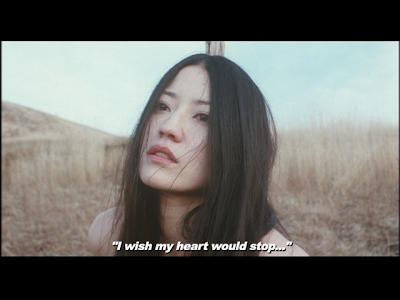.png)
Rina’s voiceover guides us through her story, telling us who she is and how she got there. She is introduced to BDSM by a math teacher –
.png)
who, ever the diligent instructor, continues their school lessons during their love hotel bondage sessions.
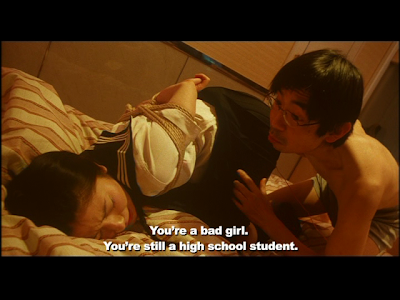.png)
.png)
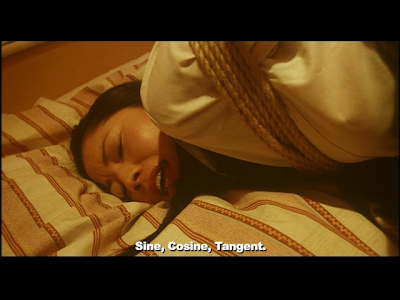.png)
Rina eventually becomes a professional dominatrix, although, as she repeatedly tells us, she is a masochist at heart.
.png)
.png)
She moves from the dominatrix world to the corporate world, where she finds the master she seeks in her boss (Kikujiro Honda), who spots her immediately as a masochist in search of a master:
.png)
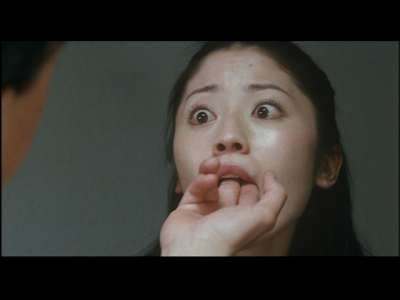.png)
.png)
.png)
They repair to love hotels for sessions of rope bondage and dripping hot candle wax, and their master-slave relationship crosses over into the work realm, which leads to an artfully staged scene where, under her boss’ instructions, Rina flashes her boss in front of her unsuspecting co-workers. This scene is a mini-master class in editing and staging. Pay particular attention to what is happening in the background, which ends Rina and her boss’ voyeuristic pas de deux:
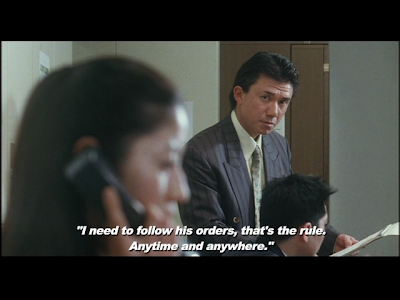.png)
.png)
.png)
.png)
.png)
.png)
.png)
.png)
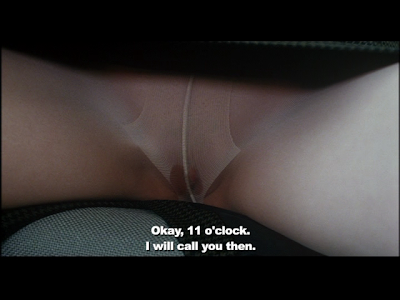.png)
.png)
.png)
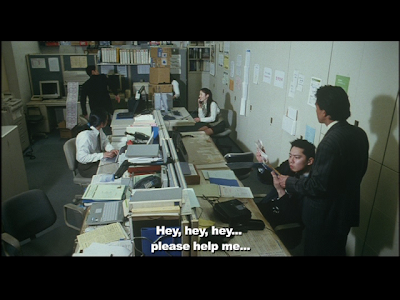.png)
.png)
.png)
This (relatively) happy state of affairs is upended when Rina receives a love letter from another co-worker. Her boss makes her have sex with the coworker while he watches from inside a closet, but Rina commits the cardinal sin of having an orgasm with another man, whereupon her jealous boss dumps and fires her. She decides to become respectable and leave the S&M life behind, marrying her coworker. In this section of the film, Sato makes the interesting visual choice of degrading the film quality here during their wedding and marriage montage (peppered, of course, with vigorous sex), underlining Rina’s feelings of dissatisfaction with her new life:
.png)
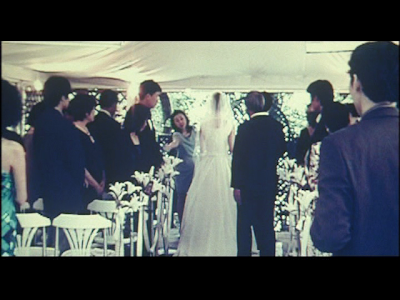.png)
.png)
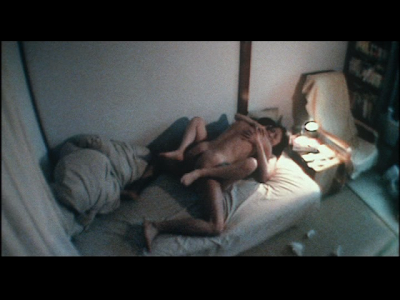.png)
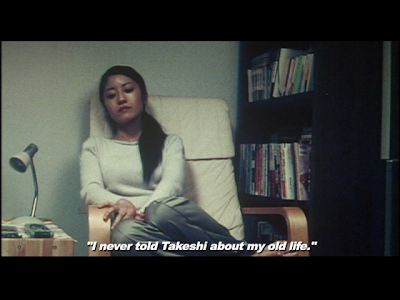.png)
She soon meets up with her former boss/master again, but the way this meeting is introduced is very unusual: she turns on the TV and an image of herself appears on the screen, leading into the reunion with her former boss.
.png)
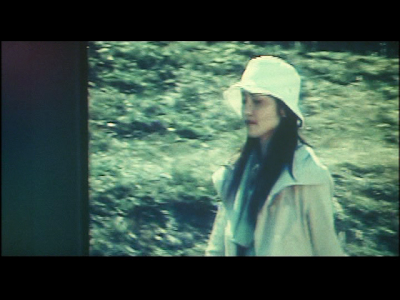.png)
.png)
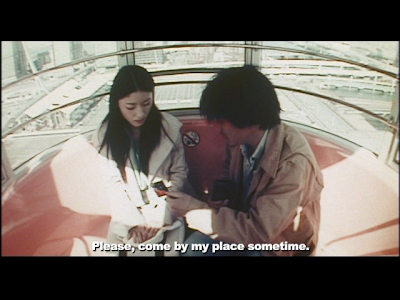.png)
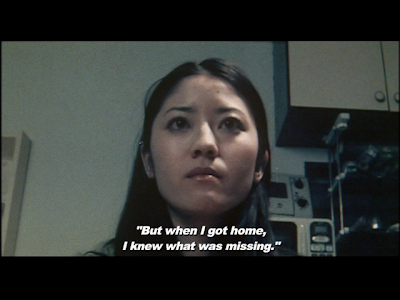.png)
This raises the intriguing possibility that the rest of the film is an elaborate fantasy, representing her wish to return to her old life. The open-ended nature of the film (at the film’s conclusion, Rina is left hanging on the tree as her boss drives away) serves to support this reading. To cement the break with her old life, Rina tosses away her wedding ring –
.png)
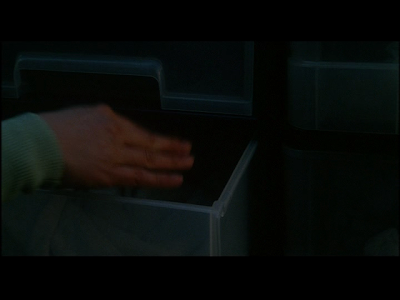.png)
and travels through her closet back to her old life:
.png)
.png)
.png)
Significantly, the film returns from its blown-up video look back to 35mm in the last section, when Rina returns to the S&M life, replaying her private sex sessions with the boss in public, at a club the boss now owns, having been run out of his old business.
.png)
.png)
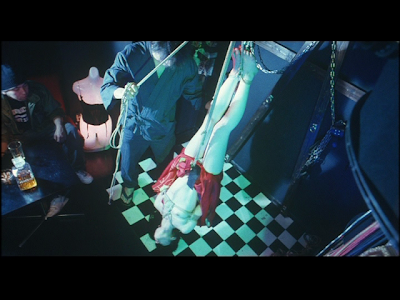.png)
Rina’s husband completely disappears in this latter section, never to be seen again, effectively dead as far as the rest of the film’s narrative is concerned. The boss now has a new girlfriend, who he has sex with as Rina masturbates next to them in the same room.
.png)
The boss’ jealous girlfriend spits on Rina after she has sex with her boss in the empty club. Rina receives this spit as gratefully as she does her boss’ semen. “You may think I’m crazy,” she says, but ever the committed masochist, she receives this humiliation as a badge of honor.
.png)
.png)
.png)
Sato caps it all by enlisting the iconic Mount Fuji as a backdrop to his unique tableau, in a slyly subversive take on classic Japanese landscape painting:
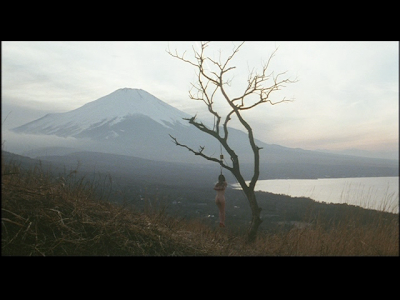.png)
New Tokyo Decadence – The Slave, besides being a surprisingly personal work, also functions brilliantly as a satire of the working world. After all, in many cases the demands of corporate bosses on their workers, especially in Japan, differs from what goes on in this film only in degree. And while doctrinaire feminists will blanch at most of what is on display here, there is a very sensitive and respectful quality to the way Rina is portrayed in this film. Hirasawa’s impressively committed performance (she is obviously intimately familiar with this terrain) meshes seamlessly with the film’s acrobatic perversity, and within this context becomes something rather touching and beautiful.

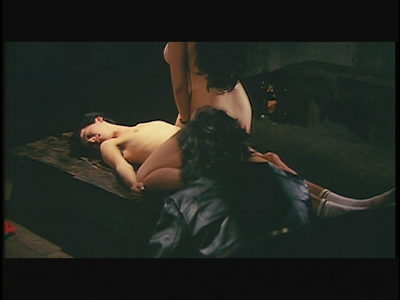.png)
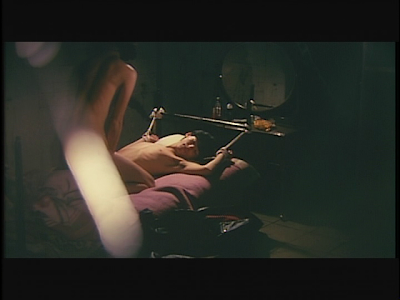.png)
.png)
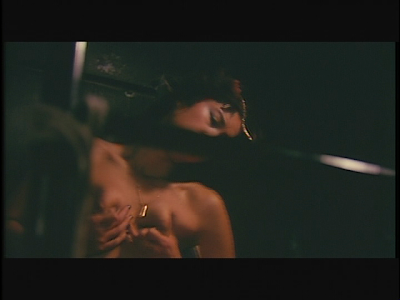.png)
.png)
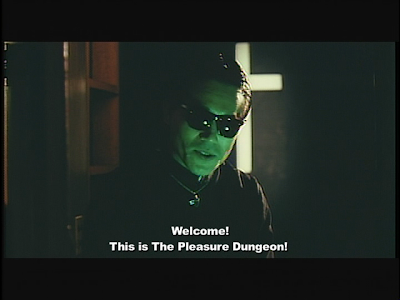.png)
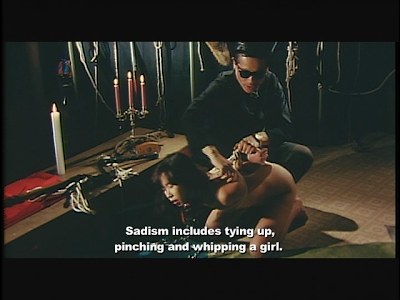.png)
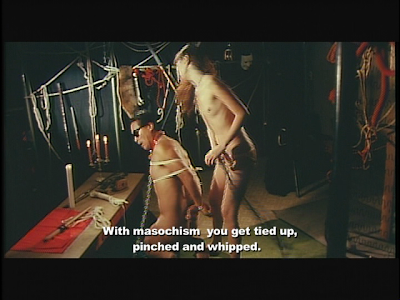.png)
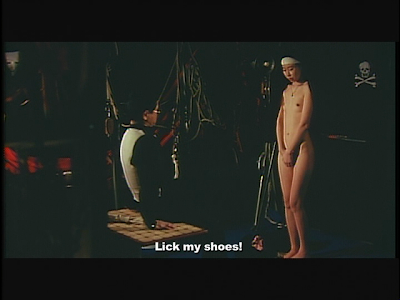.png)
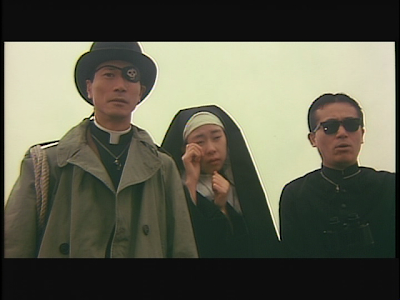.png)
.png)
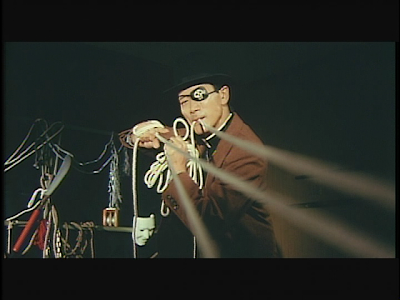.png)
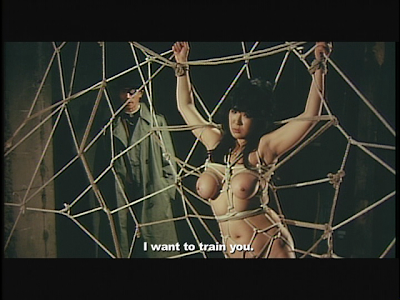.png)
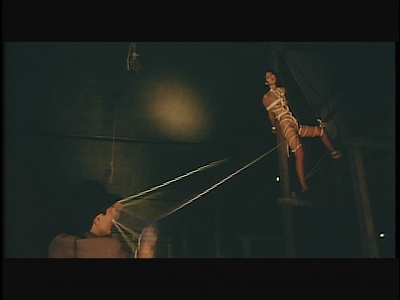.png)
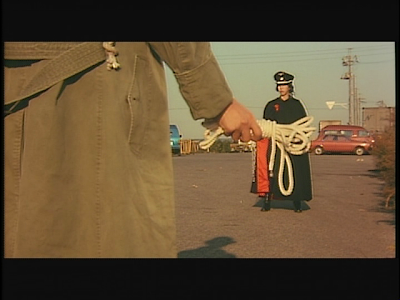.png)

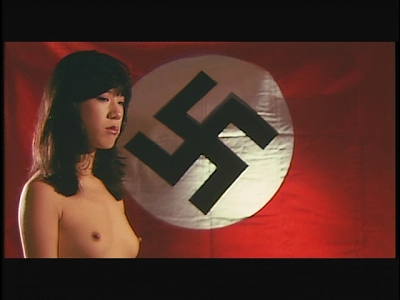.png)
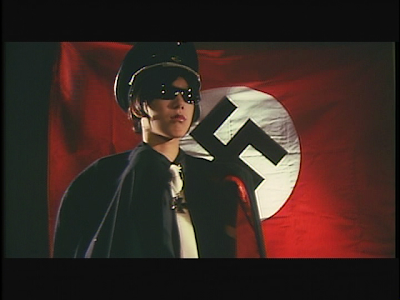.png)
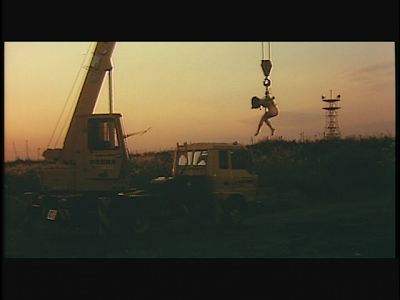.png)
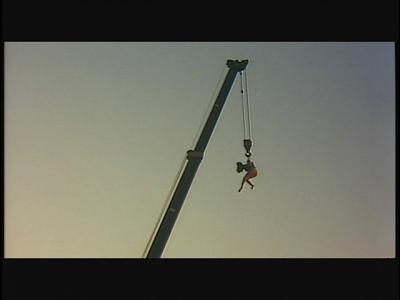.png)






